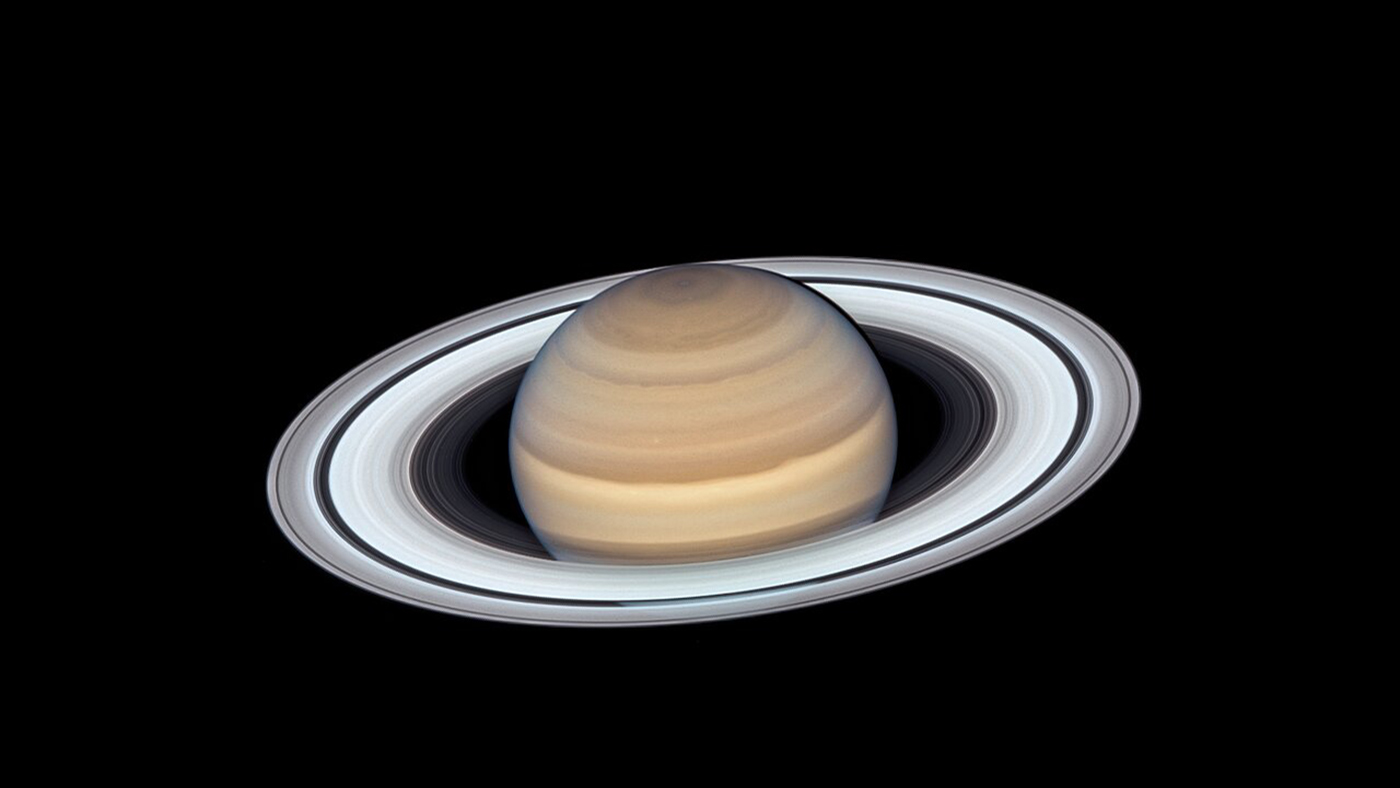
Credit: NASA/ESA/A.Simon(GSFC)/M.H.Wong(UC Berkeley)/OPAL Team

Credit: NASA/JPL-Caltech/Space Science Institute

Credit: NASA/JPL-Caltech/SSI/Cornell

Credit: NASA/JPL-Caltech






